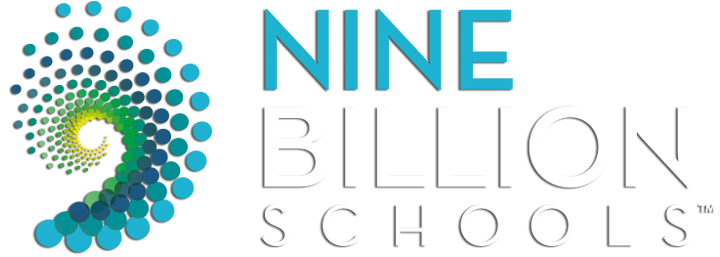The future of work is going to look very different than it does today. Significant advances in technology and shifts in economies and culture will bring about a new age of intelligent tools, robots and smart environments. All of these technologies will be aware. They will have the ability to make sense of their surroundings and they will be social with people who are using them. The rise of these sentient tools will have a significant impact on the global work force and education, leaving practically no industry unaffected.
Read MoreThe Blog
Our One School’s Journey blog series covers our work with two Cincinnati high schools which will merge in 2018-19 to create a brand new institution, Mercy McAuley High School. During a two-day futurecasting session, the Mercy McAuley transition team heard presentations from different stakeholders on a variety of issues affecting the school and community’s future.
Read MoreFew things in life are more comforting than being home. But when the layout and features of a home become less comfortable, even potentially dangerous, it seriously impacts our quality of life. The design and functionality of a home have real effects on our health.
Read MoreIn our One School’s Journey blog series, I’ve shared information about our efforts helping combine two Cincinnati high schools into a brand new institution called Mercy McAuley High School. Our role is helping the transition team determine what they want the new school to be like. We’ve done that by leading a futurecasting exercise to imagine what the school will be like ten years down the road, and what steps they must take to realize that future.
Read MoreAs a business and psychology student, I wasn’t sure what to expect when I took a marketing co-op focused in graphic design at an architecture firm. I’ve certainly required specific lessons and my colleagues have tailored their help to fit my needs. It’s evident that I have a different skillset (no better or worse) than previous co-ops; and I’m sure the next co-op will also present original skills and challenges. It’s an unconventional approach to a summer internship, but it’s highly personalized to my career goals.
Read MoreAs we face the future, it is easy to become frustrated, even depressed, thinking about global politics, the environment and climate change, terrorism, hunger, health care and more. Doom and gloom win if we do not embrace our better, stronger emotions. For me, that means embracing education as a path to a better life and a better world. Education is a path to fulfillment, flourishing and human dignity.
Read MoreIn my last post, 9 Billion Schools: One School’s Journey, I shared a little about an important project SHP Leading Design has undertaken with Mercy McAuley, a new high school that will open in Cincinnati in the fall of 2018. Opening a new school is a feat unto itself, but the Mercy McAuley transition team has already made great strides toward establishing a vision for the new school that will thrive well into the future.
Read MorePicture this: An economics teacher stands before his class at the chalkboard, reviewing economic terms, bills and tariff acts with his high school students. It is conducted with monotonous expression, out loud, for the entirety of the class. He looks around the room, from student to student, who take excruciating pains to avoid eye contact, steadily looking anywhere in the room except for at their professor.
Read MoreWe recently produced a four-part video series that explains what the 9 Billion Schools movement is, how it came to be and what we hope it will inspire. The videos feature Lauren Della Bella, the president of SHP Leading Design, and Brian David Johnson, an acclaimed author and futurist.
Read MoreWhen considering the concept behind the 9 Billion Schools movement – to deliver personalized learning for all, as a matter of both human dignity and one’s ability to flourish – it’s easy to become overwhelmed by the immensity of the challenge. How can we truly accomplish such a feat? What shifts must occur in our economic, political, geographic, business, technological and demographic landscapes? How can we harness the tools available to us right now to start paving the way for 9 billion (figurative) schools by 2050? The possibilities seem immense, and endless.
Read More




